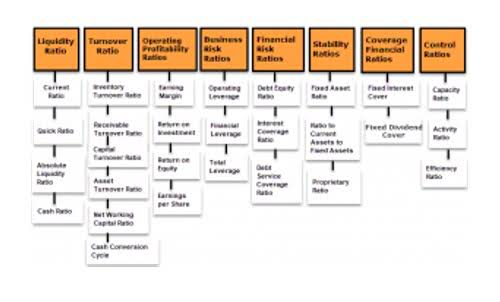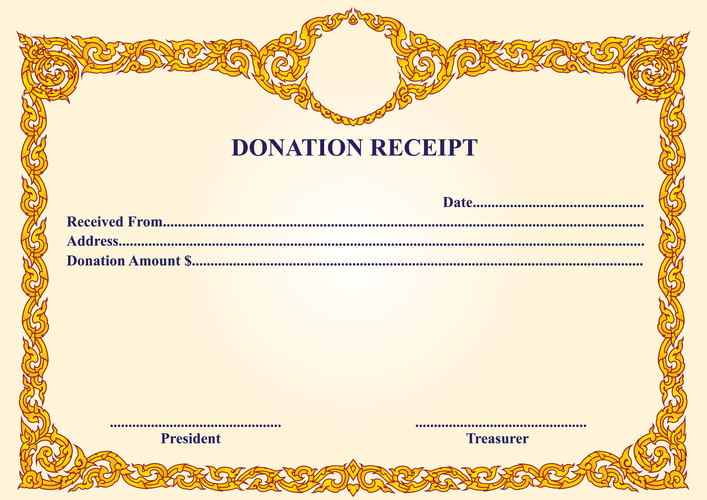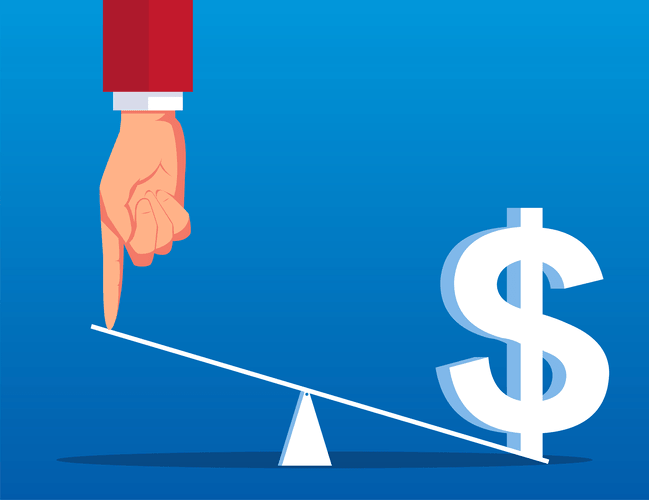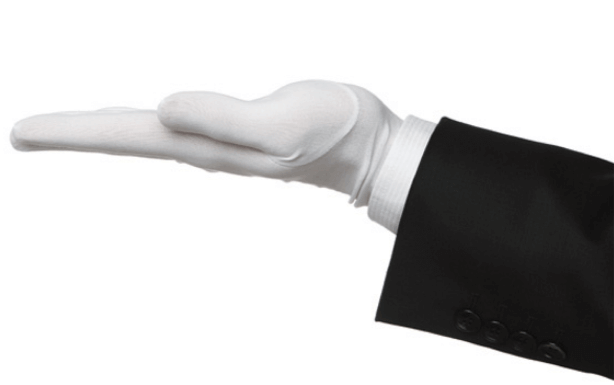
Read on to learn more about the importance of liabilities, the different types, and their placement on your balance sheet. Your business balance sheet gives you a snapshot of your company’s finances and shows your assets, liabilities, and equity. Many companies purchase inventory from vendors or suppliers on credit. Once the vendor provides the inventory, you typically have a certain amount of time to pay the invoice (e.g., 30 days). From the above balance sheet evaluation, we can say that Havells India has a good financial position and enough assets to pay current and long-term liability. Contingent liabilities are types of liabilities that may or may not occur depending on the outcome of a future event.
- As liabilities increase, they may affect a company’s financial health and stability.
- Your business has unearned revenue when a customer pays for goods or services in advance.
- With liabilities, you typically receive invoices from vendors or organizations and pay off your debts at a later date.
- Current liabilities have lower interest rates in comparison with non-current or long-term liabilities.
- Current liabilities are expected to be paid back within one year, and long-term liabilities are expected to be paid back in over one year.
Liability in business

Beyond the balance sheet, liabilities also influence the income statement and cash flow statement. Interest expenses on loans and bonds, for example, are recorded on the income statement, affecting net income. These expenses liabilities in accounting reflect the cost of borrowing and can significantly impact profitability. Meanwhile, the cash flow statement provides insights into how liabilities are managed, showing cash outflows related to debt repayments and interest payments.
Company
- This classification helps in better financial planning and analysis, providing a clearer picture of an organization’s obligations.
- Keep in mind your probable contingent liabilities are a best estimate and make note that the actual number may vary.
- Essentially, mortgage payable is long-term financing used to purchase property.
- Therefore, having a comprehensive understanding of this concept is not only beneficial but also essential.
- Whether current or long-term, liabilities are integral to the intricate web of financial dynamics that shape an organization’s success.
- They have clients across the world, and they provide services all over the world.
An example of Type III liabilities are floating rate instruments and real rate bonds such as Treasury accounting Inflation Protection Securities (TIPS). The first type of liabilities are known future amounts and payout dates. A simple example of a Type I liability is an option-free fixed-rate bond.

Examples of non-current liabilities

For instance, a high level of current liabilities compared to current assets might indicate potential liquidity issues, signaling the need for better cash flow AI in Accounting management. Examples of current liabilities include short-term loans, accounts payable, income taxes payable, dividends payable, accrued expenses, customer deposits, and notes payable. The importance of current liabilities lies in their ability to assess a company’s short-term liquidity. Ideally, investors want to see that a business can pay off its current obligations with cash or liquid assets.
Assets represent resources a company owns or controls with the expectation of deriving future economic benefits. Liabilities, on the other hand, represent obligations a company has to other parties. Financial statements, such as the balance sheet, represent a snapshot of a company’s assets, liabilities, and equity at a specific point in time. Assets and liabilities are treated differently in that assets have a normal debit balance, while liabilities have a normal credit balance.

Liabilities due within one year or the normal operating cycle of the business, whichever is longer. By continually expanding your knowledge of liabilities and other financial concepts, you will not only enhance your professional skills but also stay ahead of the curve in an ever-evolving industry. With the right understanding, tools, and strategies in place, you can confidently navigate the complex world of finance and excel in your career. The accrual accounting method is widely used to recognize and record liabilities. It records financial events when they are incurred, rather than when cash is exchanged. These result from temporary differences in tax treatment between financial reporting and tax laws.
This situation arises when companies offer customers installment payments or other payment plans for their products or services. Deferred credits impact the timing of revenue recognition on the income statement and can significantly affect a company’s cash flow and financial performance. In conclusion, liabilities serve as vital tools for financing business operations, facilitating transactions with suppliers, and assessing financial performance. Understanding the different types of current and long-term liabilities, their relationship with assets, and how they impact financial health is essential for investors, lenders, and businesses alike. By analyzing a company’s liability structure, one can gain insight into its overall financial position, liquidity, solvency, and profitability. Long-term liabilities represent obligations that are due for more than one year but are not considered part of the equity section on the balance sheet.
Current liabilities vs noncurrent liabilities

It means being responsible for compensating someone for any harm or damage you cause. This could happen due to negligence, breaking a contract, or any other wrongful actions. These ratios help investors and analysts gauge a company’s ability to manage its liabilities effectively and sustainably. Widely encountered liabilities applicable to many individuals or businesses.
